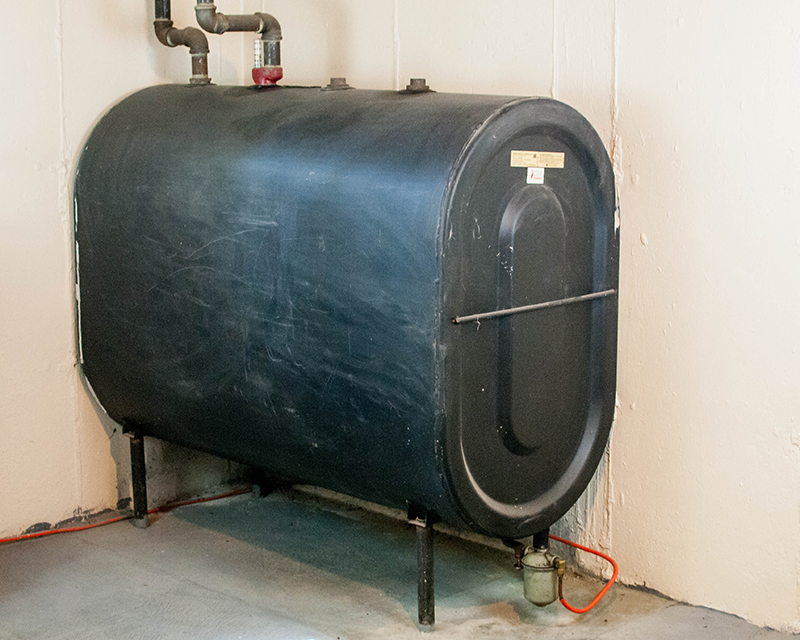The hum of the furnace at night evening can provide peace for a lot of homeowners. Tanks for oil are often ignored until they become a cause of concern. But proactive maintenance, like oil tank replacement, is crucial for your home’s safety and efficiency. We’ll help you understand the costs for replacing the oil tank and help you make a well-informed decision regarding this crucial investment for your home.

Oil Tank Maintenance is Important: The key is to avoid it.
Many homeowners do not realize the significance of oil tank maintenance. An oil tank that is functioning properly is crucial to the structure of your house. As responsible property owners, making sure your heating system as well as the oil storage container work properly and safely is paramount. A leak of oil that may seem to be minor today could become a huge financial and ecological problem in the near future.
Understanding Average Costs: A 275 Gallon Case Study
It is important to have the right information when budgeting for your home maintenance. Here we will look at the price for replacing a 275 gallon oil tank. This is a common size for heating systems used in residential homes. In states like Massachusetts, New Hampshire, Rhode Island, and Connecticut, the typical cost falls at around $3,600. The cost is based on replacing a single item in an outdoor or basement area with no significant access issues.
The value of an oil tank replacement is far greater than price tag
While the expense of replacing your oil tank might appear expensive at first, you should consider it an investment for your home’s security and safety over the long run. Here’s why:
Safety First: Aging oil tanks can develop leaks, posing a fire hazard as well as a potential environmental hazard. By replacing the tank with a new one, it is possible to avoid this risk and have peace of mind for your as well as your loved ones.
Tanks for oil that are old will lose their efficiency over time, and will require more frequent deliveries of oil to keep warm. Modern tanks can cut heating expenses by operating at maximum efficiency.
Relax and enjoy peace of mind: A new tank can provide years of reliable service, and will eliminate the worry about unexpected breakdowns or leaks in the winter months.
Oil Tank Replacement Costs: Factors that influence the price
The average cost of $3,600 for a 275-gallon tank replacement serves as a starting point. But, a variety of factors could impact the final price
The size of the tank: Larger tanks are more expensive to replace than smaller ones.
The Tank’s location The removal and replacement of a tank buried underground is generally more expensive than one that is located in an easily accessible basement or crawlspace.
The costs of labor to remove and installation of the tank will be higher when it becomes difficult to get rid of due to nearby structures or tiny spaces.
The correct disposal of an old tank may result in additional charges.
Plan for the Future of Your Home Budgeting for Tank Replacement
Oil tanks generally last between 15-30 years, according to various aspects. You can plan for the cost of replacing your tank ahead of time in the event that you know its approximate age. Schedule a professional to inspect your tank to get a better estimate of the cost for replacement.
Investing in your home’s safety and long-term sustainability
Oil tanks are not just an option to keep warm and comfort, but also an investment in the earth. Older tanks can leak and contaminate soil and groundwater. Modern oil tanks are built with stricter environmental standards in mind, which ensures an environmentally responsible storage of oil and reducing the risk of environmental damage.
Knowing is Power: Taking control of the well-being of your home.
Knowing the cost of replacing your oil tank will assist you in making educated maintenance decisions about your home. Prioritizing tank exchanges that are proactive will ensure that your heating system is effective, safe and environmentally green for years to come. Be prepared by a possible oil tank malfunction during the winter’s most chilly days. If you plan and budget for this important home maintenance task You can have peace of mind while staying warm and cozy through the coldest winter months.